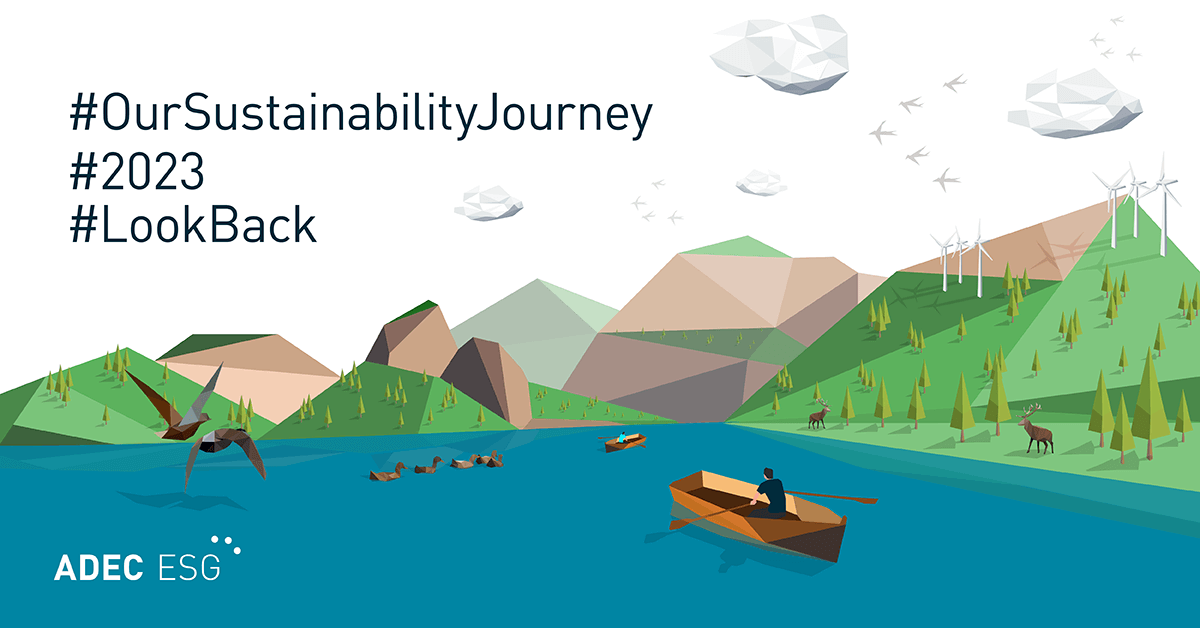 In the recent years of rising global temperatures, there has been an abrupt increase in precipitation. Thousands around the world have lost homes, property, or loved ones due to the substantial rainfall and massive floods brought on by the changing climate which is said to cause changes in atmospheric conditions, such as the proliferation of Atmospheric Rivers (ARs). “Across the United States in the five decades I’ve been alive, the number of extreme downpours a year has increased 30 percent. Across New England, it’s gone up 85 percent. Across Vermont, it’s literally doubled. The intensity of the largest rainstorm each year has grown by more than a fifth. And all of this is with one degree of temperature increase,” says author Bill McKibben in his latest book on the environment, entitled Oil and Honey.
In the recent years of rising global temperatures, there has been an abrupt increase in precipitation. Thousands around the world have lost homes, property, or loved ones due to the substantial rainfall and massive floods brought on by the changing climate which is said to cause changes in atmospheric conditions, such as the proliferation of Atmospheric Rivers (ARs). “Across the United States in the five decades I’ve been alive, the number of extreme downpours a year has increased 30 percent. Across New England, it’s gone up 85 percent. Across Vermont, it’s literally doubled. The intensity of the largest rainstorm each year has grown by more than a fifth. And all of this is with one degree of temperature increase,” says author Bill McKibben in his latest book on the environment, entitled Oil and Honey.
ARs are “relatively narrow regions in the atmosphere” that carry large amounts of water vapor from oceans to regions beyond the tropics. They are typically 400 km wide and can carry water vapor at speeds greater than 12.5 meters per second. ARs can release as much rainwater in a day as a river usually holds.  For example, a strong AR can hold water up to 7.5-15 times as much as the mouth of the Mississippi River. Similarly, one AR can release 10 million acre-feet of rainwater in a day, while the Colorado River holds up to 15 million acre-feet of water in a year. The “Pineapple Express” is one of the most prominent and impactful ARs in the US. The Pineapple Express was named as such because the water vapor from this AR comes mainly from the tropical seas near the pineapple-rich state of Hawaii.
For example, a strong AR can hold water up to 7.5-15 times as much as the mouth of the Mississippi River. Similarly, one AR can release 10 million acre-feet of rainwater in a day, while the Colorado River holds up to 15 million acre-feet of water in a year. The “Pineapple Express” is one of the most prominent and impactful ARs in the US. The Pineapple Express was named as such because the water vapor from this AR comes mainly from the tropical seas near the pineapple-rich state of Hawaii.
ARs are a fundamental component of the water cycle. Around 30-50% of the annual precipitation in the US west coast comes from ARs — replenishing water supplies across states like California, one of the areas affected by the Pineapple Express. In fact, one third to half of the state’s water supply comes from atmospheric rivers. Left unchecked, however, ARs can bring massive rainfalls that may devastate a region as seen in the last few years in the United States and elsewhere.
There has been a growing amount of evidence that links global warming to the increase in occurrence and water vapor content of ARs. One study in Britain proposes that changes in ARs are primarily a “thermodynamic response” to global warming brought on by man-made climate change.  As temperatures rise, particularly over the ocean, water evaporates more quickly and becomes more concentrated in the atmosphere. ARs become more saturated with water vapor, which typically turns into heavy rainfall. Therefore, the excessive water vapor from ARs can eventually turn into devastating floods. Back in 2007 in Washington, an AR brought major floods that shut down the Interstate 5 and killed five people. Aside from rain, the latest research links ARs to heavy snowfalls.
As temperatures rise, particularly over the ocean, water evaporates more quickly and becomes more concentrated in the atmosphere. ARs become more saturated with water vapor, which typically turns into heavy rainfall. Therefore, the excessive water vapor from ARs can eventually turn into devastating floods. Back in 2007 in Washington, an AR brought major floods that shut down the Interstate 5 and killed five people. Aside from rain, the latest research links ARs to heavy snowfalls.
The existence and intensity of ARs is yet to be established as one of the destructive impacts of man-made climate change. Although ARs are a relatively new idea, more studies are now being conducted about them—examining their impacts on weather patterns, flood control, water supply, and more importantly, how they are exacerbated by man-made climate change. ARs are steadily transforming and adding into the growing list of reasons why organizations should be more prudent in measuring their greenhouse gas (GHG) emissions; why governments and policymakers should be more firm in passing and implementing climate change regulations; and why international climate change discussions must agree on feasible and effective emissions reduction targets and policies.
For consulting services to help you deal with the effects of climate change and CO2e measurement within your company, city or country contact FirstCarbon Solutions (FCS):





